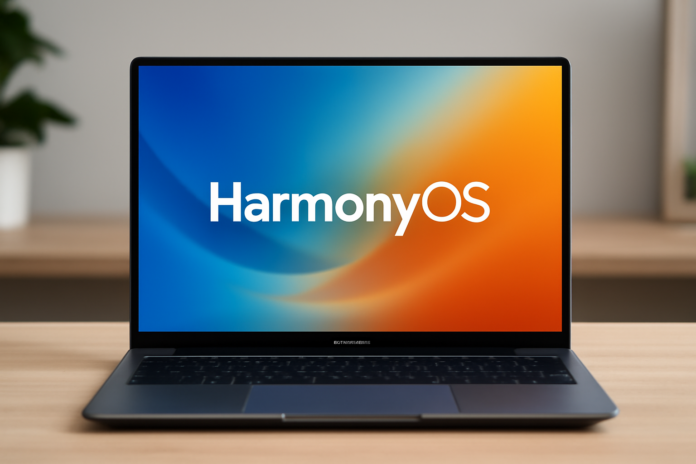Huawei has officially unveiled its first laptop powered entirely by HarmonyOS, marking a significant milestone in the company’s move toward technological self-sufficiency in the face of ongoing US trade sanctions. The launch signifies Huawei’s full break from Microsoft Windows, introducing a desktop-class operating system equipped with integrated AI tools and native support for over 2,000 applications.
Unlike earlier versions of HarmonyOS—which were often compared to Android skins—the new iteration has been designed from the ground up for desktop use. It includes a taskbar and dock interface, along with support for traditional multitasking features such as resizable and movable application windows. The company says the OS now runs on its own custom-built kernel, distancing itself further from Android’s framework.
AI features play a central role in the HarmonyOS laptop experience. Huawei’s virtual assistant, Celia, can perform tasks like summarizing documents, preparing presentation slides, and handling other productivity needs directly within the system.
However, the laptop does not support Windows-based applications. Instead, it launches with support for over 2,000 native apps, most of which are popular within China. These include alternatives to global productivity tools, such as WPS Office—a local replacement for Microsoft Office. While Huawei expects the app ecosystem to grow, it currently remains focused on serving Chinese users.
The HarmonyOS laptop is the latest development in Huawei’s ongoing efforts to build alternatives to US-origin technology. After being cut off from Microsoft’s Windows OS and Google’s Android due to US government sanctions, the company accelerated HarmonyOS development to power its smartphones, tablets, and now PCs—signaling a long-term pivot toward full platform independence.
























